Archives: The history of Kirkwood homes
The George Robinson house, one of many historic estates in Kirkwood.
It’s easy to forget that Kirkwood and its surrounding areas are as old as they are. Established in 1853, the city has changed drastically since it was established as a small farming community west of St. Louis. What many may not realize is how much history Kirkwood holds inside the walls of some of its earliest buildings. From a world-renowned physicist to an important figure of the Missouri suffrage movement, Kirkwood’s homes have served many significant residents since its establishment. Here are several examples of Kirkwood’s rich history:
Hazard House:
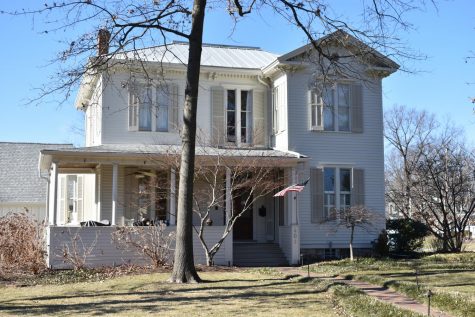
Although the house was initially built for merchant William Hazard in 1875, it later became the center of attention in Kirkwood during the women’s suffrage movement of the late 1800s and early 1900s. Rebecca Hazard, William’s wife, was an important figure in the St. Louis suffrage movement, helping to organize the Woman’s Suffrage Association of Missouri a few years before the house was constructed and later became its president. Because of her important role in women’s rights, she helped Kirkwood become a notable location for the suffrage movement throughout the following decades.
Bopp House:
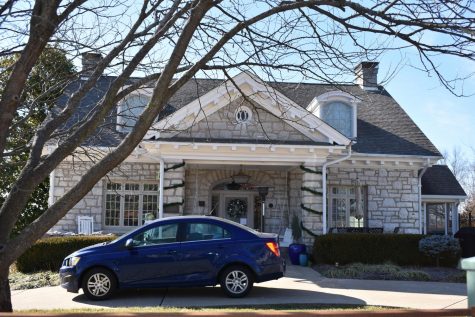
Most will recognize this home as the former Green Parrot Restaurant on Old Big Bend, but it wasn’t always a place to dine. The house was initially built for William Bopp, a local contractor in Kirkwood in the early 1900s. Most notably, he built what is now known as Nipher Middle School in 1922. In 1940, the home was transformed into the Green Parrot Restaurant, which was named after the parrot that greeted guests at the entrance of the building. In the 1980s, the building was changed into a banquet hall and, more recently, converted back to a residential home.
Fishback House:
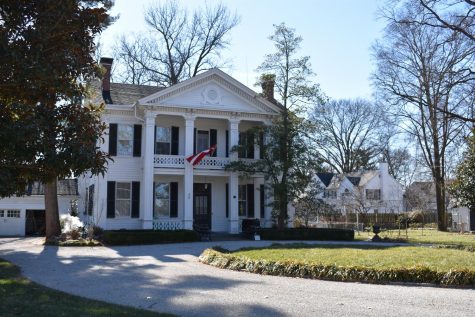
This Greek Revival home was constructed almost 150 years ago for George and Virginia Fishback. George arrived in St. Louis from Ohio to study law, but quickly switched professions and became a reporter instead. In 1855, he became part-owner of the Missouri Democrat and, in 1872, became the sole owner. Three years later, he sold the paper to the owners of the Globe newspaper, who unified the two papers into the St. Louis Globe-Democrat, a familiar name for many in the St. Louis area. It later went on to become the most read newspaper in St. Louis.
Nipher House:
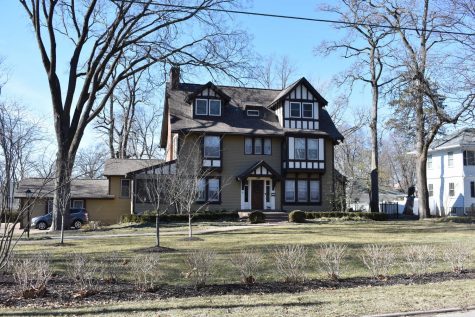
Raised and educated in Iowa, Professor Francis E. Nipher was undoubtedly one of the best known professors at Washington University. In 1874, he began teaching astronomy and physics at the school. Later, he established the volunteer weather service in the state of Missouri. After retiring in 1914, he devoted all of his time to physics research, with much of that research done inside his Kirkwood home, which he initially built for his family in 1910. According to his obituary, he earned a membership in the Physical Society of France, the Royal Society of Arts in London, and the American Philosophical society. In 1930, the Kirkwood school board honored him by naming their newest middle school after the late physicist.
Robinson House:
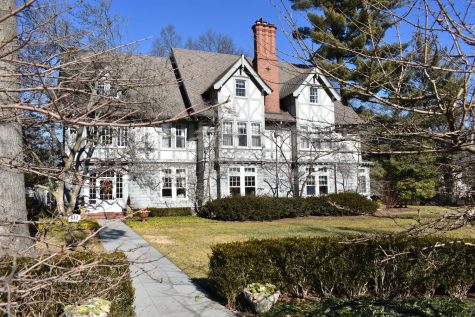
This 100-year-old house was home to George Robinson, a little-known but important figure in the history of one of St. Louis’ most prolific corporations. In 1893, Robinson and William Danforth formed the Ralston Danforth Commission Company. Robinson served as president of the company initially. Later, the corporation changed its name to the Ralston Purina Company, specializing in pet food which is still sold in large quantities today. Robinson was also known for his musical interests and served as a leader of the St. Louis Symphony Orchestra and the St. Louis Municipal Opera. The Kirkwood School Board later honored him by naming one of their elementary schools after him.
Way House:
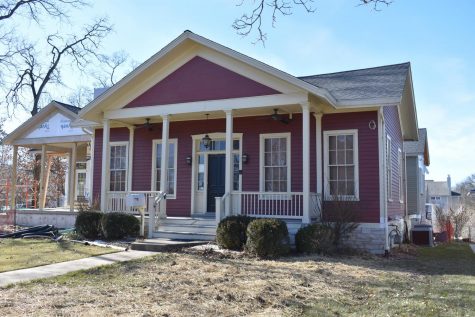
Better known around the Kirkwood area as “Swan Cottage,” this 1850s home has gone through a long list of owners. James Way, the first owner of the home, was the chief engineer for the Missouri Pacific Railroad, later devoting much of his time to local affairs, such as the first road improvement project in Kirkwood history. Later, the home was purchased by William Swan, an employee for H.W. Leffingwell and Company. The home’s colloquial name was derived from the second owner, as well as a short street connecting Kirkwood and Taylor Rds.
McPherson-Holland House:
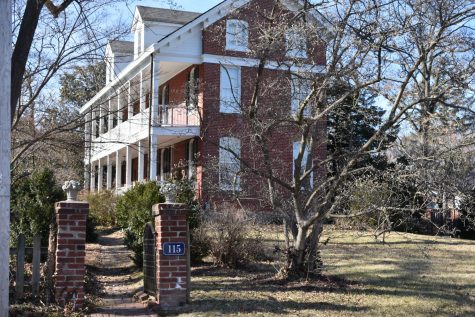
To the east of Kirkwood lies this oddly-situated, albeit historic home in the quaint suburb of Glendale. The house was built by William McPherson, a lawyer from Kentucky who traveled to St. Louis in 1839 to begin subdividing much of the surrounding farmland. He became president of the Missouri Pacific Railroad following the Gasconade River Train Disaster of 1855, helping the company become financially stable and successful once again after its stock greatly depreciated. Prior to his death in 1872, he founded the St. Louis and Illinois Bridge Company, which assigned James Eads to build the first bridge across the Mississippi River to St. Louis, later known as the Eads Bridge.
Your donation will support the student journalists of Kirkwood High School. Your contribution will allow us to purchase equipment and cover our annual website hosting costs.
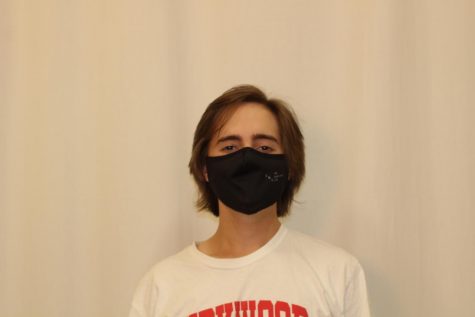
he/him
Favorite musical artist: The Smashing Pumpkins
Favorite quote: “Never put off till to-morrow what you can do to-day.” -Thomas Jefferson
Favorite...

She/Her
Hobbies and Interests: I love Taylor Swift
Favorite song: Song-A-Long by Eurovision Song Contest: The Story of Fire Saga
Favorite Quote:...


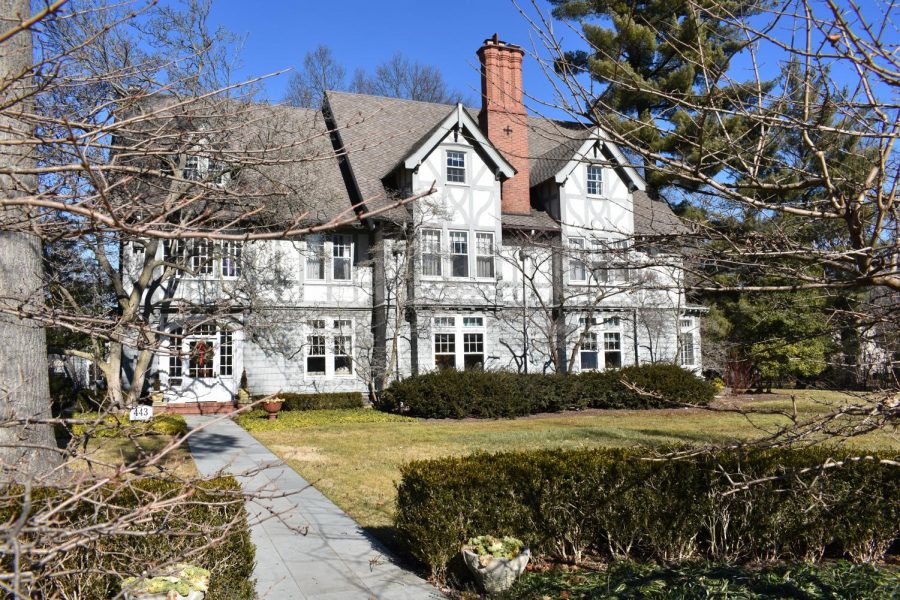
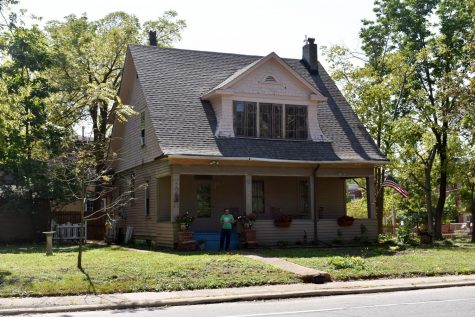
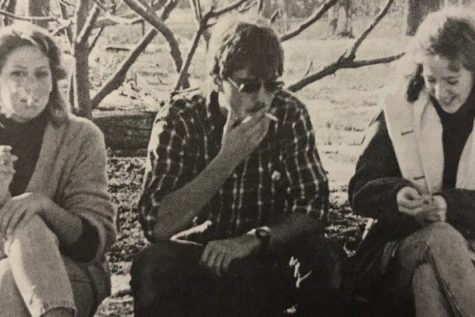
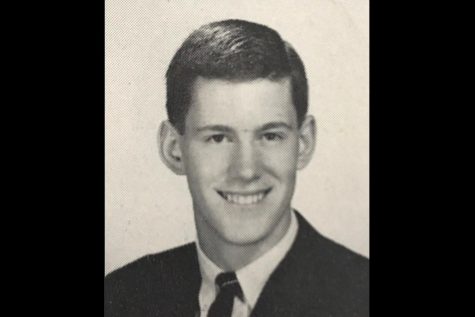
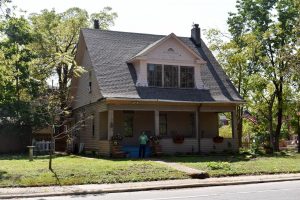
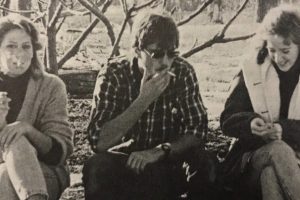
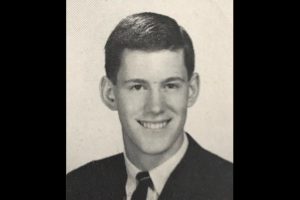

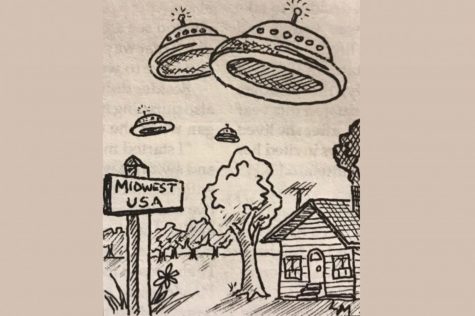
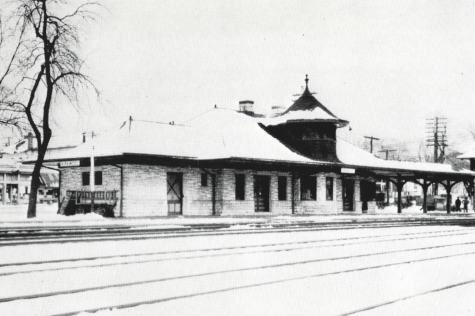
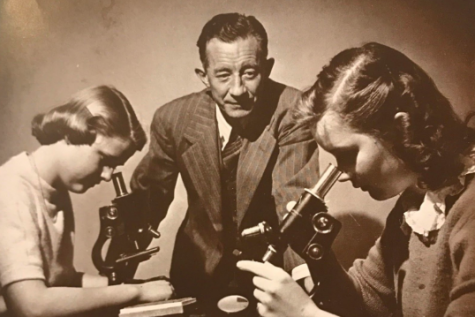

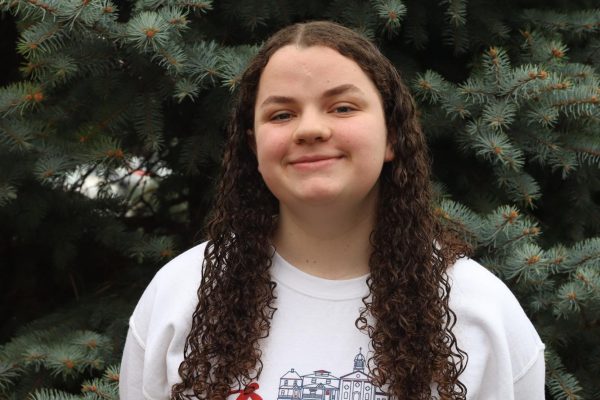
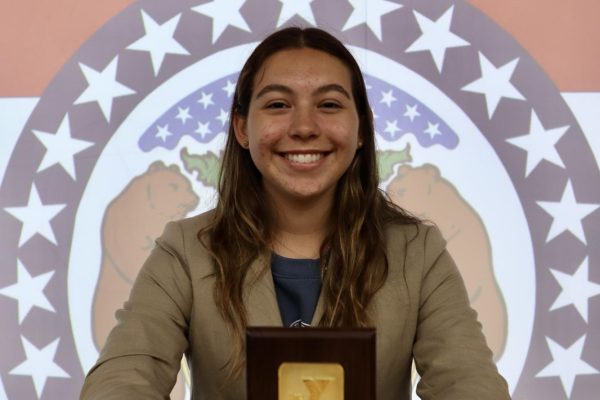

Ben Cohen • May 2, 2021 at 10:24 pm
Awesome story–as a history major from KHS I loved getting to read about these homes and the legacy of their former owners!
Margaret Bommarito • Apr 5, 2021 at 6:52 am
Love seeing this history! Thank you!!!! Is there a reason addresses aren’t included? I’d love to walk by each one with my grandkids.